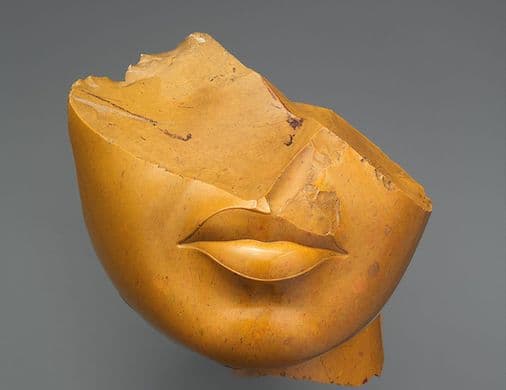Plumbing the Depths of the Self
Two novels substantiate Virginia Woolf’s contention that we have multiple selves and a biography can account for only a few of them.

‘Case Study’
By Graeme Macrae Burnet
Bibliooasis, 288 pages
‘Biography of X: A Novel’
By Catherine Lacey
Farrar, Straus and Giroux, 416 pages
“Case Study” invents the careening career of an R.D. Laing rival and attempts to best the Scottish psychiatrist by outraging everyone, claiming there is no divided self because there is no self to begin with. “Biography of X” invents a writer/artist who pursues multiple identities while claiming she is not impersonating anyone because she has no self that she is escaping.
In both novels, the main characters attract cult followings and lovers seeking a form of liberation that the psychotherapist and writer/artist seem to have achieved for themselves. X’s widow, upset with an unauthorized biographer, decides to research and write her own biography, only to discover that the X she thought the biographer had gotten so wrong is not the person the widow believed she knew.
In “Case Study,” an analysand/narrator assumes a false identity and a new self in order to expose Braithwaite as the phony responsible for driving her sister to suicide. But the false identity, a self that is bolder than her host, virtually takes over, becoming enamored of the reckless psychotherapist who offers her no option other than to become someone else if she is not happy with who she is.
Both novels, in other words, substantiate Virginia Woolf’s contention that we have multiple selves and a biography can account for only a few of them. Yet is there a core self — or what might be called a pattern of behavior — that makes biography possible? Whatever doubts there may be about a single self, the novels find a certain coherence in Braithwaite and X’s lives, no matter how much they prefer to opt for a chaos of identities.
For all their similarities, though, these novels are quite different in their assessment of biography as a form of knowledge. “Biography of X” adopts the well-worn trope of the biographer as fool, an interloper who cannot possibly know the truth, an acclaimed but incompetent interpreter of X — in the widow’s estimation.
The widow, with her superior sense of entitlement, takes satisfaction in pointing out the unauthorized biographer’s errors. What is odd, though, is that the work of the two biographers never converges on crucial matters, as biographies and biographers actually do outside this work of fiction. Instead, the widow remains isolated, confronting only her sources — not all the sources that come into play when rival biographers are at work.
“Case Study,” on the other hand, juxtaposes the quest of one narrator, the analysand, with an alternative voice, a sober, calm, informed biographer who gradually discloses the sources of Collins Braithwaite’s obstreperous personality and the reasons for his attack on psychiatry.
The parallel tracks of “Case Study” are deeply satisfying because they encompass a sense of how we live day-by-day in doubt, often unaware of our own motivations. Often, they only become clear in the retrospective narrative of a biography.
It turns out that Collins Braithwaite is not merely the sensationalized figure of press accounts, nor simply the confrontational therapist we see at work in his office, but quite another figure unable to reconcile himself to the world he tried to dominate, or to the world of the home he has come from, and that ultimately dominates him.
X, on the other hand, dies of a heart attack, leaving the widow to wonder about her mate right to the end of the book, making it impossible to believe that a biography can settle anything. It is what X said in the first place: There is no self, no core, to penetrate. So biographies cannot settle the meaning of a life. All biography is provisional, subject to the next narrative that builds on and corrects its predecessors.
Yet what is insufficiently understood in “Biography of X” is the realization that the sources of biographical knowledge grow with time in incremental and cumulative fashion — never so that a story is complete, but so that in its incompleteness biography can go on, probing both the dead ends and discoveries that make biography a perpetual pursuit.
Mr. Rollyson is the author of “Biography: A User’s Guide” and “A Higher Form of Cannibalism? Adventures in the Art and Politics of Biography.”

